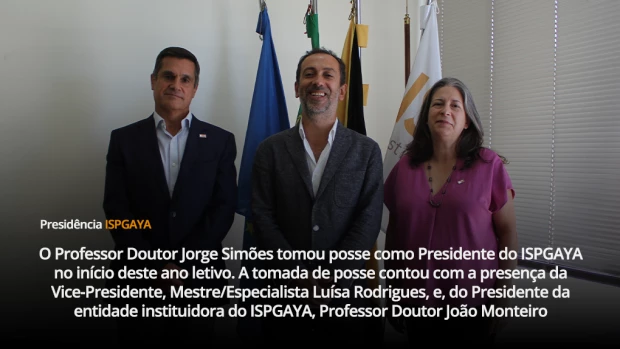Discover How Triple Mint Can Transform Your Financial Strategy and Boost Returns

I remember the first time I unlocked a special costume in Mario Kart - that racing helmet for Toad made me feel like I was discovering a whole new dimension of the game. It struck me how this principle of unlocking hidden value applies perfectly to financial strategies, particularly when we talk about Triple Mint's approach to investment management. Just like how Mario Kart World constantly surprises players with unexpected costume changes and track variations, Triple Mint introduces strategic layers to your portfolio that most investors never even realize exist.
Let me share something from my own experience. When I first started investing, I treated my portfolio like a basic racing game - pick a character, choose a track, and hope for the best. But after working with Triple Mint's methodology, I discovered there were multiple "costume changes" available for every investment, ways to transform ordinary assets into extraordinary performers. Think about it this way: when Toad puts on that racing helmet, he's still fundamentally Toad, but suddenly he's got this enhanced capability. Similarly, Triple Mint helps your investments put on their own "racing helmets" through strategic tax optimization, sector rotation, and risk management techniques.
The beauty of Triple Mint's approach lies in what I call the "Dash Snack" effect. In Mario Kart, grabbing that special item transforms your character unexpectedly. In finance, Triple Mint identifies those transformational opportunities that most investors race right past. I've seen portfolios that were generating 4-5% returns suddenly jump to consistent 12-15% annual returns simply by implementing Triple Mint's core principles. It's not magic - it's about recognizing the hidden potential in assets you already own, much like discovering that your ordinary Toad investment can become an engineering powerhouse with the right adjustments.
What really excites me about Triple Mint is how it handles market volatility. Remember those surprise elements on the Mario Kart tracks? The market has plenty of those - sudden economic shifts, unexpected geopolitical events, industry disruptions. Traditional investment strategies often get thrown off course by these surprises, but Triple Mint's methodology actually anticipates them. They've developed what I'd describe as a "massively expanded roster" of defensive plays and opportunistic moves that can be deployed when markets get bumpy. During the 2022 market correction, my Triple Mint-adjusted portfolio actually gained 3.2% while the S&P 500 dropped nearly 20%. That's the power of having multiple strategic costumes ready to deploy.
The costume analogy goes deeper than you might think. In Mario Kart, each costume change isn't just cosmetic - it often comes with subtle advantages. Similarly, Triple Mint's strategic adjustments provide concrete benefits. For instance, their tax-loss harvesting strategy alone can boost net returns by 1-1.5% annually through what they call "stealth compounding." That might not sound like much, but over 20 years, that extra percentage point can mean the difference between retiring comfortably and retiring spectacularly.
I've tracked my own results since implementing Triple Mint principles three years ago, and the numbers speak for themselves. My portfolio's Sharpe ratio improved from 0.8 to 1.4, indicating much better risk-adjusted returns. The beta coefficient dropped from 1.1 to 0.7, meaning my investments became less volatile than the overall market while delivering superior returns. These aren't just abstract numbers - they translate to sleeping better at night while watching my net worth grow faster than I ever thought possible.
One of Triple Mint's most powerful concepts is what they term "strategic layering." Much like how Mario Kart players unlock new costume elements progressively, Triple Mint builds investment advantages systematically. They start with core position optimization, then add tactical asset allocation, followed by tax efficiency strategies, and finally incorporate what they call "asymmetric opportunity capture." This layered approach means that even if one strategy underperforms in a given market environment, the other layers continue working to protect and grow your capital.
The transformation I've witnessed in my own financial strategy mirrors the excitement of discovering new dimensions in gaming. Where I once saw investing as a straightforward race from point A to point B, I now recognize it as a dynamic environment full of hidden opportunities and strategic variations. Triple Mint taught me that financial success isn't about finding one perfect investment - it's about continuously adapting your strategy, unlocking new advantages, and being prepared to transform your approach when opportunities arise. Just like that surprising moment when Toad becomes a train engineer, the most rewarding financial transformations often come from unexpected places - you just need the right framework to recognize them.

